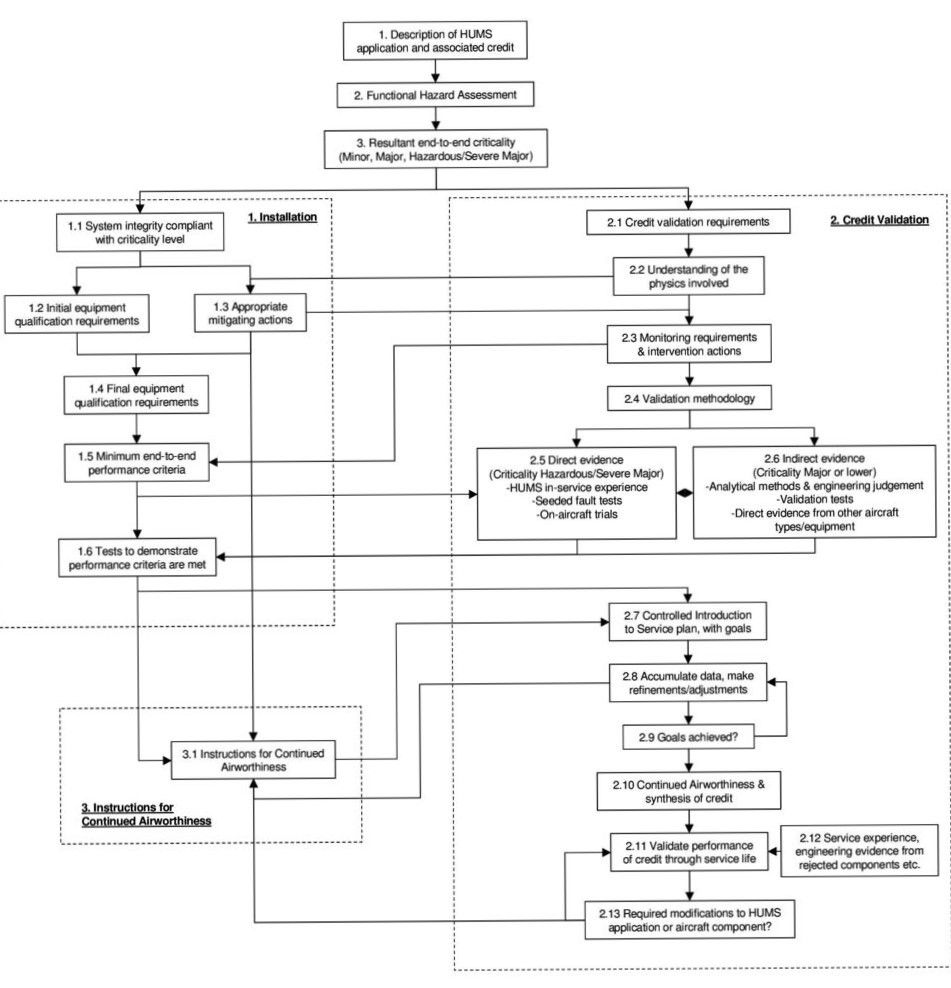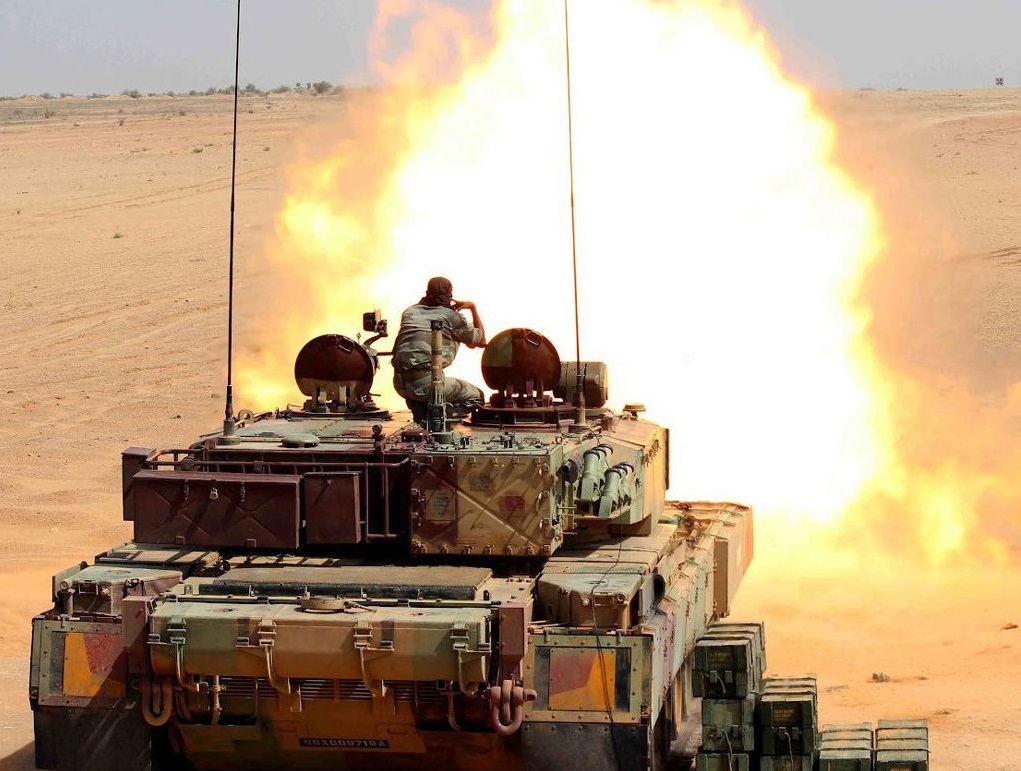Introduction
Effective Teeth to Tail Ratio, Mounting Revenue Expenditure, Austerity Measures —all such terms reverberate in armed forces, day in and day out. But ultimately fact remains that if the platform is worth procuring then it’s worth protecting- wherein protection covers maintenance aspects too. The crux is to find an efficient way of doing the inevitable. This paper aims at exploring current trends in maintenance, the world over, and their applicability in the maintenance of equipment held by the Indian Army.
Need For Cost Effective Maintenance
Ever dynamic geopolitical situation on India’s eastern and western borders has always demanded high preparedness of our armed forces at optimal cost.
Analysis has shown that the recessionary economic conditions have forced defence budget cuts all over the world. The effects of the recession are also being felt in India. However, budget cuts cannot be allowed to undermine armed forces preparedness and national security.
Keeping the national interests and interests of our vast populous in mind, Indian armed forces have a moral responsibility to use every allocated rupee judiciously.
“Achieving much more with much less”, is thus no more rhetoric but the need of the hour. Efficient maintenance of existing assets, to retain our operational edge and maintain high teeth to tail ratio is, therefore, important.
As the gamut of maintenance would be very vast, the scope of this paper has been broadly narrowed down to Indian Army equipment. For the sake of brevity and clarity, the scope has been further narrowed down to examining some modern trends, currently being used in the US and UK armed forces, for effective maintenance of the Main Battle Tanks (MBTs), and their applicability to Indian Army’s MBTs.
Maintenance of Main Battle Tanks (MBTs)
These aspects would be covered in two groups, main tank systems and main propulsions systems maintenance.
Main Tank Systems Maintenance
Focusing on main tank systems, efforts are already in hand to introduce health and usage monitoring system (HUMS), for cost-effective maintenance of various platforms. This system facilitates condition-based maintenance (CBM). The system focuses on mechanical diagnostics and vibration health monitoring (VHM) functions.
Interestingly, HUMS was first used on helicopter platforms and the results were found to be encouraging. A few examples of the same are :
- In the first case Use of HUMS to perform fleet-wide health check resulted in a substantial decrease in maintenance expenditure. In that soon after the introduction of HUMS on the military air platform, an aircraft with newly fitted HUMS suffered a breakup of a transmission bearing. HUMS were recording the raw transmission vibration data. The raw HUMS data was evaluated and the failure characteristics were identified. These characteristics were then used to perform a fleet-wide health check, within the next 12 hours. The screening established that no other transmission displayed similar failure characteristics, thus allowing the aircraft fleet to remain available for operations. It needs to be noted that if the HUMS had not been available, it would not have been possible to identify the failure vibration characteristic, without doubt, resulted in the grounding of the entire fleet.
- In the second case, HUMS was used for Tail Drive Shaft bearing monitoring. HUMS indicated cases of rising trends in vibration levels on the Tail Drive Shaft Bearings. On the first occurrence inspection of the affected bearings did not reveal any visible defects. Greasing was then carried out and vibration energy levels returned to normal. Repeating greasing cycles created a saw tooth trend with a progressive increase in vibration followed by steep decreases on greasing. Thus, a properly scheduled re-greasing operation eliminated the need for inspection of tail rotor bearings.
(Source: Open domain Honeywell Analysis Report)
It would be worthwhile to examine how this system could be used for MBT maintenance. It has been found that HUMS mechanical diagnostics can provide reliable and timely detection of all failure modes which are currently controlled by the routine maintenance procedures.
Established procedures are available for extending line replaceable units, Time Between Overhauls (TBOs), based on reliability information garnered from the HUMS system. With the trends which can be evaluated from the HUMS data, the maintenance operations can be re-organized or necessary design changes introduced to achieve effectual maintenance.
Thus the HUMS systems could be effectively utilized for:
- Elimination of component inspections or extension of inspection periods;
- Condition based component servicing;
- Modification of responses to traditional indicators like chip detectors and other such sensors;
Tools are available for development of an appropriate data modeling process, for in service maintenance. The model once generated can be validated which generally involves the following:
- Description of application
- Understanding of the related parameters
- Validation methodology
- Introduction in service
- Continued synthesis/analysis
A generic process which could be used for developing HUMS model is as indicated below:
Generic Model for Validation

Image courtesy: https://docplayer.net/11503911
Process Description
Maintainers have the freedom to define crucial parameters they would like to monitor. Based on that, suitable algorithms can be generated for the application. Standard statistical models can then be used to determine the efficacy and required changes can be introduced to optimize maintenance efforts.
To understand the practical use of HUMS for system maintenance, it would be of interest to note that UK MOD has accorded approval for the pilot program using integrated HUMS for maintenance of the Royal Army’s Challenger MBT Fleet.
The programme has shown improved availability of spare parts and technical support such as vehicle configuration and obsolescence management.
The value of the contract is approximately $ 700 Mil. It would cover the whole Challenger- based fleet- the Titan and Trojan engineer tanks and the CRARRV recovery vehicle, as well as the Challenger main battle tank and the Driver Training Tank.
In relation to the efficacy of the program, Mr Archie Hughes from DSG had said:” We are looking forward to working closely with British Aerospace -Land Systems (BAeS) on the Armoured Vehicle Support Transformation (AVST) programme, where we believe that combining our complementary skills will result in the overall best value for Defence and the best possible support to the UK MOD.”
Key to the success of this programme has been harnessing advances in the information technology for introducing new systems to manage technical information and spares supply.
(Source: UK MoD Project Report on Use of HUMS for MBT maintenance)
Main Propulsion System Maintenance
After evaluating main battle tank systems maintenance, paper focuses on maintenance of main propulsion system of MBTS.
Based on the experience in Iraq war, the US Army realized that Abrams tank would remain a major force multiplier for the combat force well into the 21St century, as there are no viable substitutes are readily available. To keep these Abrams going, fleet’s AGT- 1500 turbines are being pressed into service, well beyond their intended life, which is having an increasing impact on the readiness of combat units.
To ensure optimal combat readiness, Honeywell has been tasked to set up maintenance on full life cycle management approach. The payments would be performance- based, which means a contract that ties compensation to the number of combat- ready tank engines (for example), rather than a traditional payment for the man hours utilized. The programme is called TIGER.
Tiger comprises a more proactive maintenance system, and giving Honeywell primary responsibility for on- time delivery of replacement engine parts, management of repair schedules, providing support for overhaul of up to 1,000 engines per year. The scope of work includes critical field support services at domestic U.S. military bases, and those in Kuwait, South Korea and Germany.
The contract also calls for Honeywell to improve service of the Abrams’ AGT- 1500 engines, using Six Sigma processes, for data- driven decisions related to repairs and engineering improvements.
To fulfill this contract, Honeywell has said that it would rely on a Web- based database and special in- use monitoring systems. This will help it in providing more effective and less expensive repairs and upkeep, using field data to more accurately determine maintenance needs and provide Army units with detailed, timely information about the mechanical status of Abrams tanks.
“With the Tiger Program in place, commanders at every level could determine exactly how much engine life would be available in each tank, and be able to execute engine repairs and replacements before deploying to the field.”
Some benefits accrued to US Army through this program
- Twice the durability of pre- TIGER engines.
- Significantly improved on-time parts delivery to the TIGER warehouse Depots.
- Depot cost savings, through a disciplined approach, by repairing more engines in the field, rather than sending all engines back to the Depot.
- Significantly reduced life- cycle costs due to online, visual work instructions, easily accessible electronic records of assembly and maintenance, and application of tailored repair work scopes based on engine condition.
Use of HUMS in Indian Army
With ever shrinking budgets it is important for Indian Army to consider use of HUMS for maintenance of MBTs. Such systems are already in use with Indian Railways & Delhi Metro,
With advances in network speeds & Artificial Intelligence field appropriate HUMS can be developed in India. Synergy between DRDO & Private sector can help in this regard.
Conclusion
To summarize— Growing Financial constraints demand cost effective maintenance practices. Operational and Financial benefits accruable from development of techniques like HUMS are quite evident. New initiatives like Atmanirbhar Bharat should be harnessed to optimize the maintenance costs. Synergy between DRDO and Private sector could be a good force multiplier in that direction.
Jai Hind
Title image courtesy:https://www.pinterest.com/
Reference
1. BAE Systems has been given the go-ahead to devise a more effective support regime for the Challenger tank which could cut costs by more than 10-per-cent.
If successful, the scheme could be extended to other BAE Systems’ armoured vehicles in service with the British Army under a programme called the Armoured Vehicle Support Transformation (AVST).
The UK Ministry of Defence’s (MoD) Investment Approvals Board gave approval recently for the company to submit its bid by the end of 2009 and a decision is scheduled for mid-2010. The deal would guarantee the MoD improved availability of spare parts and technical support such as vehicle configuration and obsolescence management.
2. Honeywell has won a $110.8 million modification contract to revitalize engines of US Army’s Abrams tanks, Pentagon announced Thursday.
“Honeywell International was awarded an $110.8 million modification contract for Total Integrated Engine Revitalization (TIGER) hardware to meet the Anniston Army Depot production of the Advanced Gas Turbine 1500 engine for the Abrams tanks and TIGER field repair site requirements,” the statement by US Department of Defense read.
Work will be performed in Phoenix, Arizona, with an estimated completion date of February 22, 2022.
Disclaimer: The views and opinions expressed by the author do not necessarily reflect the views of the Government of India and Defence Research and Studies






